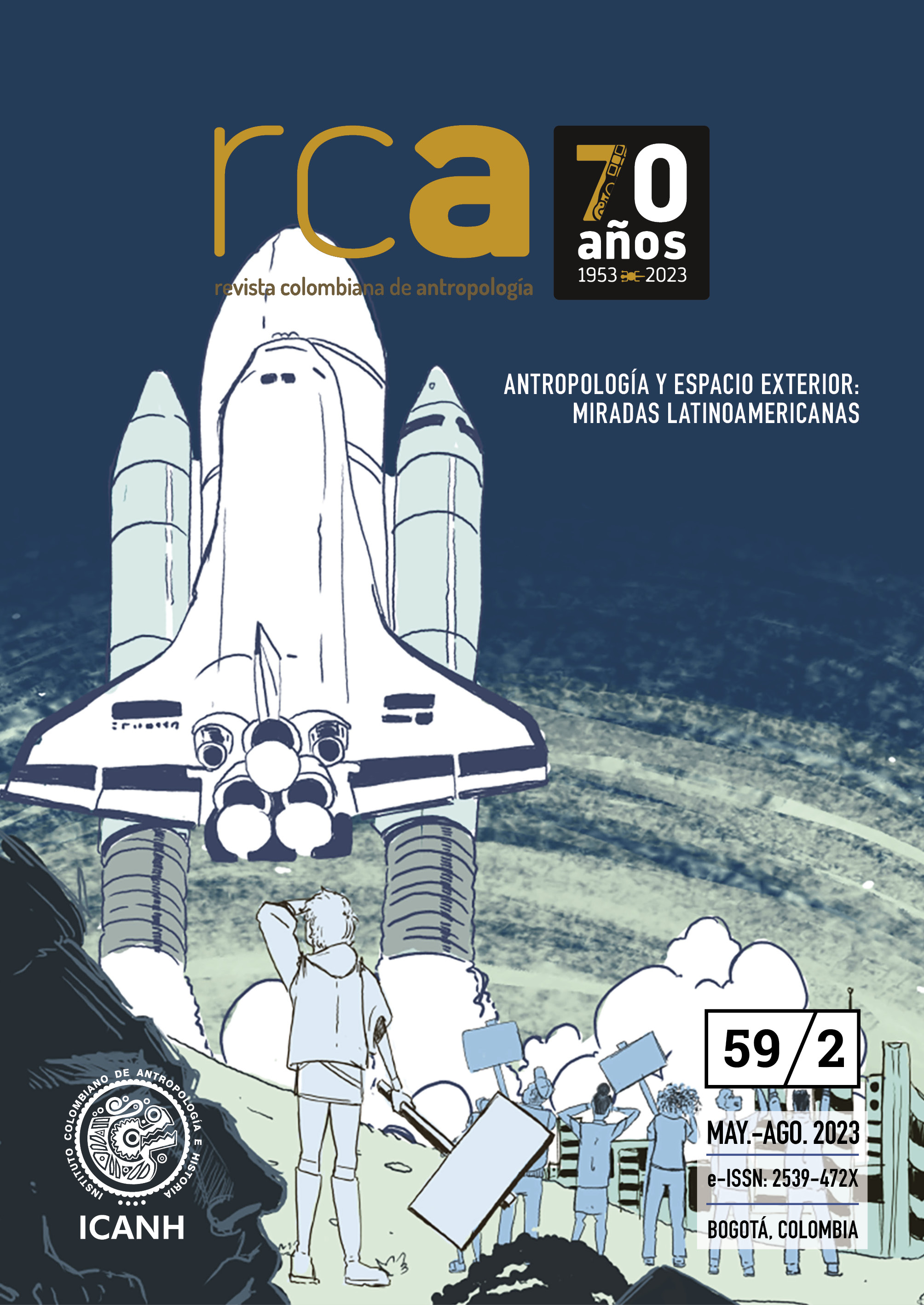Humans ∞ Robots in Mars: exploration and re-tracing of time and interplanetary space
DOI:
https://doi.org/10.22380/2539472X.2441Keywords:
anthropology of outer space, technological scientific drama, Latin American space exploration, extraterrestrial futures, robotic mission to MarsAbstract
This paper addresses some dimensions of the relationship humans∞robots in the exploration of outer space from the scientific-technological experience of the mission to Mars by NASA’s Martian Explorer Rovers (MER) robots (2004-2018). The work, based on socio-anthropological research on this mission on Martian terrain, traces the evolution of scientific interest in Mars observation, the scientific and technological challenges in the design of MERs, the operational dilemmas and problems (mobility, imaging, telecommunication) on the surface of the red planet, and the challenges of time synchronization for space research from Earth. Finally, we outline some paths and learnings that emerge from this experience for future Latin American space exploration.
Downloads
References
Bateson, Gregory. 1998. Pasos hacia una ecología de la mente. Buenos Aires: Ediciones Lohlé-Lumen.
Blumenberg, Hans. 1987. Die Sorge geht über den Fluss. Frankfürt am Main: Suhrkamp.
—. 2003. Paradigmas para una metaforología. Madrid: Editorial Trotta.
—. 2011. Die Vollzahligkeit der Sterne. Frankfurt am Main: Suhrkamp.
Clancey, William. 2012. Working on Mars. Voyages of Scientific Discovery with the Mars Exploration Rovers. Boston: MIT Press.
Derrida, Jacques. 1998. De la gramatología. Buenos Aires: Siglo XXI.
Geertz, Clifford. 1989. El antropólogo como autor. Barcelona: Paidós.
Hernández, Mirtha. 2022. “La UNAM lleva a México a la Luna”. Gaceta UNAM 5269: 8-10. https://www.gaceta.unam.mx/wp-content/uploads/2022/02/220203.pdf
Ingold, Tim. 2011. Redrawing Anthropology. Materials, Movements, Lines. Surrey: Ashgate.
Johnson, Anne. 2021. “Otros mundos, futuros posibles. Notas para una antropología del espacio exterior desde México”. Boletín Colegio de Etnólogos y Antropólogos Sociales, A. C., 63-73. http://ceas.org.mx/documentos/BoletinCEAS2021.final.pdf
Kohler, Robert. 2002. Landscapes and Labscapes. Exploring the Lab-Field Border in Biology. Chicago: The University of Chicago Press.
Leroi-Gourhan, André. 1964. Le geste et la parole. París: Albin Michel.
Markley, Robert. 2005. Dying Planet. Mars in Science and Imagination. Durham: Duke University Press.
Mirmalek, Zara. 2020. Making Time on Mars. Boston: MIT Press.
Mishkin, Andrew. 2003. Sojourner. An insider view of the Mars Pathfinder Mission. Nueva York: Berkley Books.
NASA. 2022. Mars Exploration Rovers Overview. https://mars.nasa.gov/mer/mission/overview/
Saavedra, Diana. 2021. “Reconocimiento de la NASA a Rafel Navarro. Montaña de Marte llevará su nombre”. Gaceta UNAM 5196: 6. https://www.gaceta.unam.mx/wp-content/uploads/2021/04/210405.pdf
Santana, Christian. 2022. “El despegue de la Agencia Latinoamericana del Espacio”. Global Affairs and Strategic Studies. https://www.unav.edu/web/global-affairs/el-despegue-de-la-agencia-latinoamericana-del-espacio
Sheehan, William y Jim Bell. 2021. Discovering Mars. A history of Observation and Exploration of the Red Planet. Tucson: The University of Arizona Press.
Squyres, Steven et al. 2003. “Athena Mars rover science investigation”. Journal of Geophysical Research. 108 (E12): 8062. https://doi.org/10.1029/2003JE002121
Squyres, Steve. 2005. Roving Mars. Spirit, Opportunity, and the exploration of the Red Planet. Nueva York: Edit Hyperion.
Star, Susan Leigh. 2015. “Revisiting Ecologies of Knowledge: Work and Politics in Science and Technology”, en Boundary Objects. Working with Susan Leigh Star, editado por Bowker, Geoffrey C., Stephan Timmermans, Adele E. Clarke y Ellen Balka 13-46. Boston: MIT Press.
Turner, Victor. 1982. From Ritual to Theater. The Human seriousness of Play. Nueva York: PAJ Publications.
Valentine, David, Valerie A. Olson y Debbora Battaglia. 2009. “Encountering the Future: Anthropology and Utter Space”, Anthropology News 50 (9): 11-15. https://doi.org/10.1111/j.1556-3502.2009.50911.x.
—. 2012. “Introduction. Extreme: limits and horizons in the ones futures Cosmos”. Anthropological Quarterly 85 (4): 1007-1026. https://www.jstor.org/stable/41857287
Vertesi, Janet. 2015. Seeing like a Rover. How Robots, Teams, and Images Craft Knowledge of Mars. Chicago: Chicago University Press.
—. 2020. Shaping science. Organizations, Decisions and Culture on NASA’s Teams. Chicago: The University of Chicago.
Downloads
Published
How to Cite
Issue
Section
License

This work is licensed under a Creative Commons Attribution-NonCommercial-NoDerivatives 4.0 International License.




















